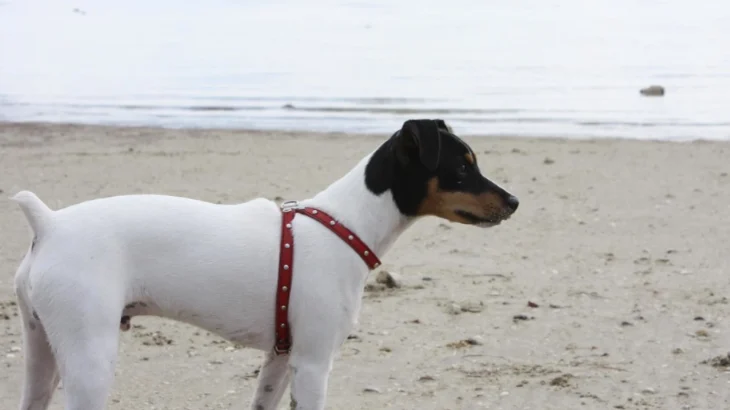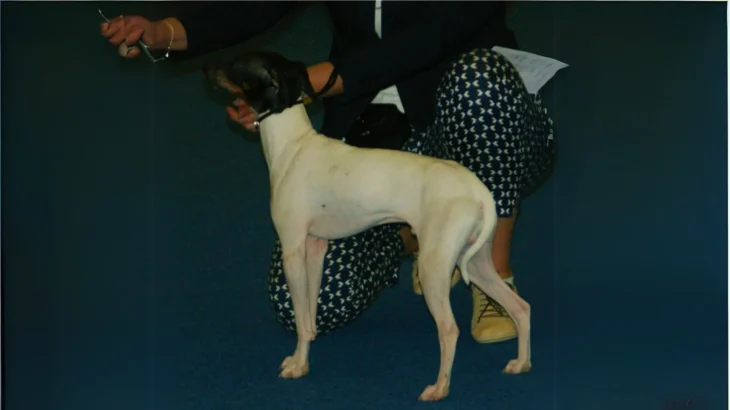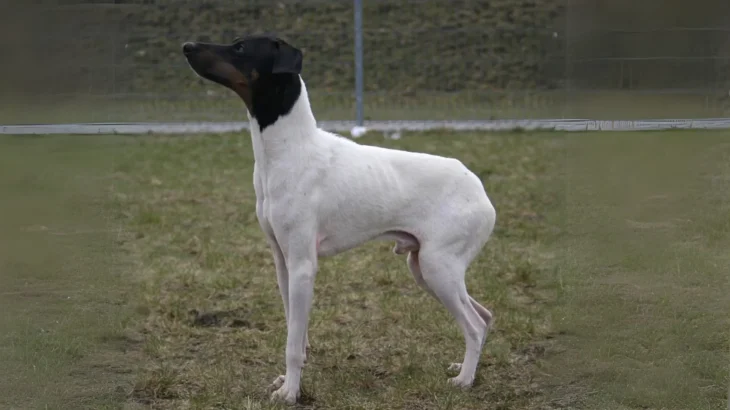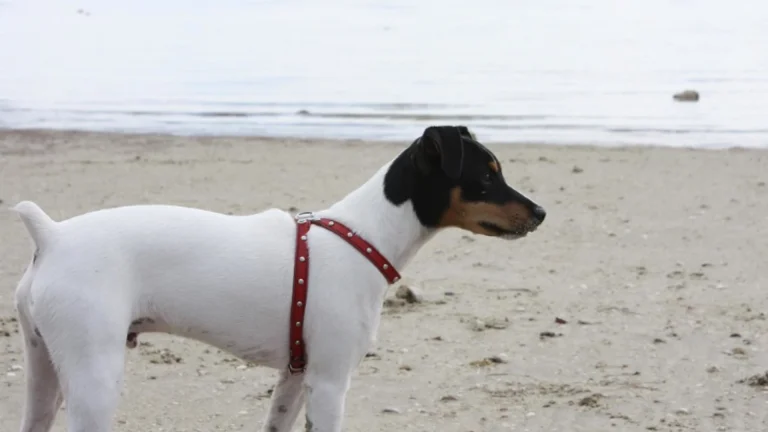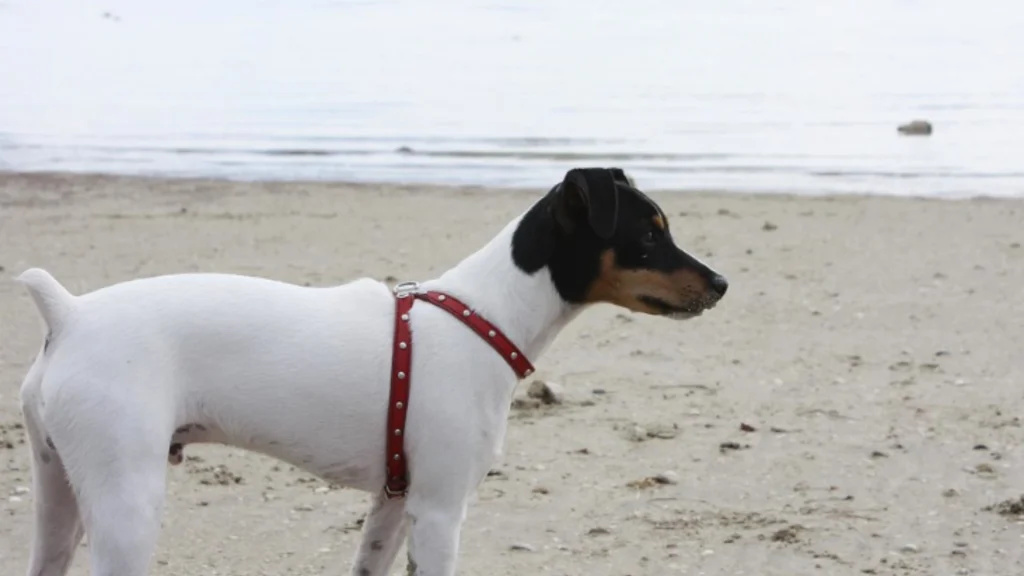When deciding to bring a Japanese Terrier puppy into your home, you might wonder whether adopting or purchasing from a breeder is the better choice. Both paths offer unique benefits and challenges, especially considering health history and breed authenticity. Your decision may hinge on priorities such as supporting ethical breeding or providing a home to a dog in need.
Adoption vs. Breeder: Pros & Cons
| Criteria | Buying from Breeder | Adopting from Shelter/Rescue |
|---|---|---|
| Cost | Generally higher initial cost due to breeding expenses and pedigree documentation. | Lower adoption fees, often including initial vaccinations and spay/neuter services. |
| Health History | Detailed health and genetic screening records usually available. | Health history may be incomplete, but basic veterinary checks are typically performed. |
| Age Availability | Puppies readily available, allowing you to raise from an early stage. | Varied ages including adults; puppies may be limited depending on rescue availability. |
| Temperament Insight | Breeders can provide lineage temperament traits and early socialization details. | Shelter staff can offer behavior observations, though full background may be uncertain. |
| Ethical Considerations | Supports preservation of breed purity but requires careful selection of responsible breeders. | Helps reduce shelter overpopulation and gives a dog a second chance at a loving home. |
| Breed Purity & Pedigree | Pedigree papers certifying breed authenticity usually provided. | Breed purity may be unknown or mixed; priority is often on saving lives rather than lineage. |

